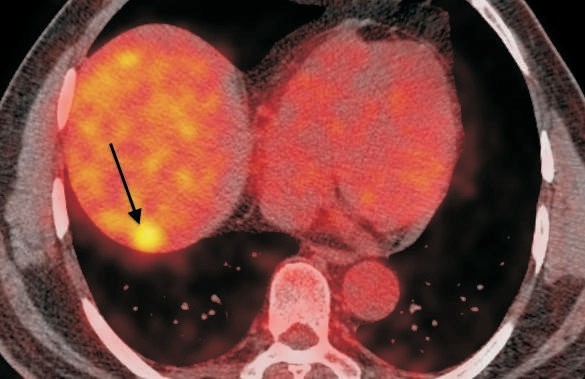Beyond the Initial Diagnosis : The Importance of Seeking Second Opinions in Imaging
Introduction:
In the realm of medical diagnostics, radiology, and imaging play pivotal roles in uncovering hidden ailments, guiding treatment plans, and ultimately, saving lives. Yet, in the complexity of medical interpretation, errors can occur, potentially leading to misdiagnosis and inappropriate treatments. This is where the significance of seeking a second opinion in radiology and imaging comes into play. In this article, we delve into why obtaining a second opinion is crucial, its benefits, and how it can enhance patient outcomes.
Understanding the Landscape:
Radiology and imaging techniques, including X-rays, MRIs, CT scans, and ultrasounds, provide invaluable insights into the inner workings of the human body. However, despite advancements in technology and expertise, the interpretation of these images is not infallible. Studies have shown that diagnostic errors occur at an alarming rate, with potentially serious consequences for patients.
The Importance of a Second Opinion:
A second opinion acts as a safeguard against diagnostic errors, offering patients a fresh perspective and additional insights into their condition. It provides reassurance to patients and their families, ensuring confidence in the diagnosis and subsequent treatment plan. Moreover, in complex cases or rare conditions, multiple expert opinions can lead to a more accurate diagnosis and tailored treatment approach.
Benefits of Seeking a Second Opinion:
Error Detection and Correction: Even experienced radiologists can overlook subtle abnormalities or misinterpret imaging findings. A second opinion can catch these errors, preventing misdiagnosis and unnecessary procedures.
Confirmation of Diagnosis: In cases of uncertainty or ambiguity, a second opinion can confirm or refute the initial diagnosis, providing clarity and peace of mind to patients.
Treatment Optimization: A second opinion may uncover alternative treatment options or interventions that were not considered initially, leading to better outcomes and quality of life for patients.
Patient Empowerment: By seeking a second opinion, patients take an active role in their healthcare journey, advocating for their well-being and ensuring thorough evaluation of their condition.
Reduction of Medical Errors: Second opinions contribute to a culture of medical diligence and accountability, ultimately reducing the incidence of diagnostic errors and improving patient safety.
Navigating the Process:
Obtaining a second opinion in radiology and imaging is a straightforward process that begins with a discussion with your primary healthcare provider. They can facilitate the transfer of medical records, imaging studies, and relevant information to the consulting radiologist or imaging specialist. Additionally, patients can seek out reputable medical centers or expert radiologists specializing in their particular condition for a comprehensive evaluation.
Overcoming Barriers:
Despite the clear benefits, some patients may encounter barriers when seeking a second opinion. These may include concerns about insurance coverage, geographical limitations, or reluctance to challenge the expertise of the primary physician. However, it’s essential to prioritize your health and well-being, advocating for the best possible care by exploring all available options.
Conclusion:
In the realm of radiology and imaging, the journey doesn’t end with the initial diagnosis. Seeking a second opinion is not a sign of mistrust but rather a proactive approach to ensuring accuracy, precision, and optimal patient outcomes. By embracing the importance of second opinions, we can navigate the complexities of medical diagnostics with confidence, empowering patients to take control of their health and well-being. Remember, your health is worth a second look.


